
The Beauty of Book Cover Design in Tibet
Share

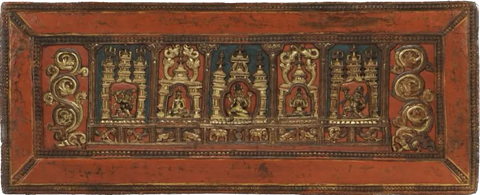

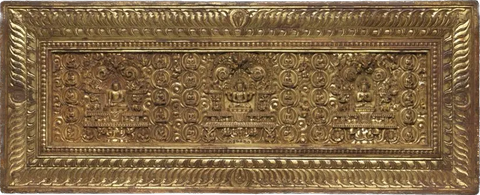
4 types of antique book covers from the MacLean Collection in Tibet
12-15th century Tibet
Image: Crow Museum
12-15th century Tibet
Image: Crow Museum
The cover design of Tibetan books has been confirmed to have a history of at least over a thousand years.
Due to the profound Buddhist cultural tradition in Tibet, monks consider books (specifically scriptures) as sacred objects. In their eyes, books, as carriers of Buddha's teachings, are equivalent to the residence of the Buddha himself, and even an incarnation of the Buddha. Therefore, it is necessary to carefully store and handle books, with great reverence. Protecting a book is, in the minds of monks, protecting wisdom.
Due to the profound Buddhist cultural tradition in Tibet, monks consider books (specifically scriptures) as sacred objects. In their eyes, books, as carriers of Buddha's teachings, are equivalent to the residence of the Buddha himself, and even an incarnation of the Buddha. Therefore, it is necessary to carefully store and handle books, with great reverence. Protecting a book is, in the minds of monks, protecting wisdom.
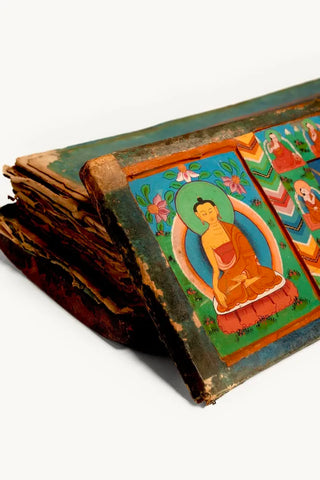
Antique Handwritten Buddha Sutra Tibetan
Image: pagodared
In an era before the existence and widespread use of paper and printing technology, handwritten texts were easily lost or misplaced. Out of a concern for the preservation of scriptures, decorative designs were applied to books. These perfect early forms of decorative art not only showcase the extraordinary aesthetics and excellent skills of craftsmen at that time, but also demonstrate the reverence of the people of Tibet for wisdom.
In an era before the existence and widespread use of paper and printing technology, handwritten texts were easily lost or misplaced. Out of a concern for the preservation of scriptures, decorative designs were applied to books. These perfect early forms of decorative art not only showcase the extraordinary aesthetics and excellent skills of craftsmen at that time, but also demonstrate the reverence of the people of Tibet for wisdom.
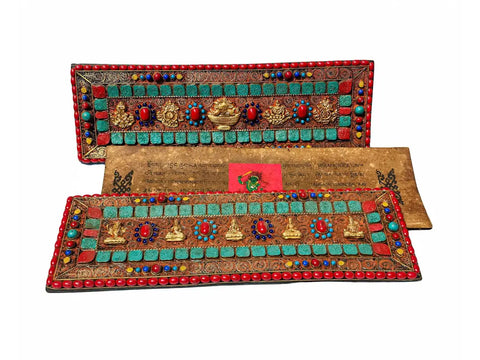
Natural Gemstone Inlaid Book Cover from Tibet
Image: handicraftseller
Image: handicraftseller
Let's consider an example here. The classic book in the image above currently has no exact date of origin, but visually speaking, the design of the book cover as a distinctive and vivid artistic form is still stunning.
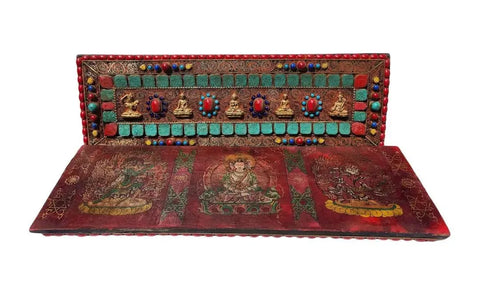
Natural Gemstone Inlaid Book Cover from Tibet
Image: handicraftseller
Image: handicraftseller
In the cover design of this book, carefully selected precious natural gemstones such as turquoise, lapis lazuli, and coral are arranged in a specific pattern, forming a dazzling and colorful beauty with bright colors and patterns that have a strong visual impact.
The inlay of these precious gemstones is not only for decorative purposes, but also takes into account the symbolic meanings of these gemstones in Tibetan cultural traditions - for example, turquoise symbolizes protection and healing, coral represents vitality and passion, and lapis lazuli symbolizes wisdom and truth. The design of the pattern is also specially designed based on the profound philosophical principles of Buddhism.
The inlay of these precious gemstones is not only for decorative purposes, but also takes into account the symbolic meanings of these gemstones in Tibetan cultural traditions - for example, turquoise symbolizes protection and healing, coral represents vitality and passion, and lapis lazuli symbolizes wisdom and truth. The design of the pattern is also specially designed based on the profound philosophical principles of Buddhism.
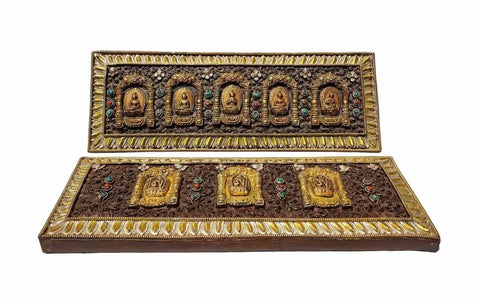
Gilt Wood Carving Inlaid Gemstone Book Cover from Tibet
Image: handicraftseller
In 2017, the MacLean Collection Museum in Chicago, specializing in the exhibition of antique books from around the world, curated a special exhibition featuring 33 rare single-copy books from the 11th to 18th centuries. The exhibition was centered around the unique cover designs of these books, which garnered a tremendous response from visitors. The exquisite artistry of the book cover designs left the audience in awe.
From this, it can be seen that book cover design in Tibetan culture can clearly be seen as an independent art form for appreciation and research.
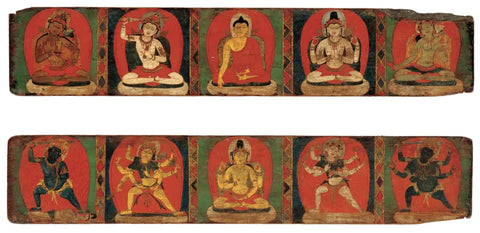
Scripture board Late 11th century Tibet
Scripture boards can be seen as early book cover designs in Tibet.
Scripture boards can be seen as early book cover designs in Tibet.
Image: metmuseum
From the oral transmission of knowledge between master and disciple, to the practice of hand-copying plant leaves, as seen in the famous Palm Leaf Manuscripts, and further to the widespread use of printing technology and woodblock printing on paper, the transmission of Buddhist scriptures in the snowy land has evolved through different mediums over a long history. The use of individual wooden covers to protect scroll manuscripts has emerged from this tradition.
While fulfilling the basic function of book protection, skilled craftsmen have further refined the aesthetics through a series of complex and delicate decorative processes, ultimately elevating the beauty of the books to a higher level.
While fulfilling the basic function of book protection, skilled craftsmen have further refined the aesthetics through a series of complex and delicate decorative processes, ultimately elevating the beauty of the books to a higher level.
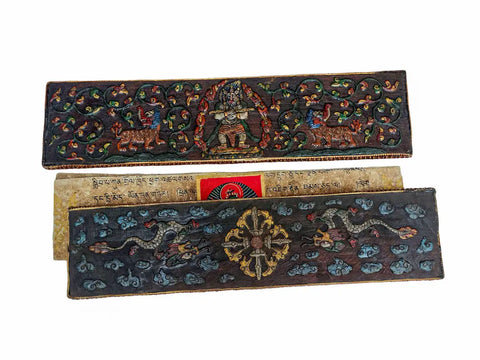
Wood Carving Painted Sutra Plaque Tibet
Image: handicraftseller
A book that has been crafted with skill and reverence for knowledge often features a cover design that includes a variety of decorative techniques, such as intricate carvings, bright and vibrant coloring, or the use of luxurious elements like gold plating and other decorative styles.
Beyond serving as a means of preserving and passing on knowledge, a book with a beautifully crafted cover design becomes a valuable work of art that is highly prized for its aesthetics and collectability. The incorporation of cultural elements in the design process elevates the book beyond its function, making it a timeless masterpiece with enduring aesthetic appeal that transcends time and space.
Beyond serving as a means of preserving and passing on knowledge, a book with a beautifully crafted cover design becomes a valuable work of art that is highly prized for its aesthetics and collectability. The incorporation of cultural elements in the design process elevates the book beyond its function, making it a timeless masterpiece with enduring aesthetic appeal that transcends time and space.

Painted sutra cover board, Tibet, 15-16th century
Image: bsb-muenchen.de
With the evolution of history, technological innovation, and the great changes in social production and life, Tibetan books are no longer limited to Buddhist classics, various folk literature, and historical documents. For the convenience of knowledge dissemination and inheritance, as well as economic considerations, book designs are no longer as complex and exquisite as before. However, the simple and elegant design aesthetics still highlight the Tibetans' pursuit of knowledge and their relentless efforts in cultural heritage.
In this article, we have collected and compiled a rare series of book cover designs from the 1980s and 1990s in Tibet, categorized into religious philosophy, fables, biographies, history, cultural arts, and natural science education. There are a total of 40 different books. Perhaps among them, we can find some of our past memories to reminisce, or they can serve as aesthetic references.
In this article, we have collected and compiled a rare series of book cover designs from the 1980s and 1990s in Tibet, categorized into religious philosophy, fables, biographies, history, cultural arts, and natural science education. There are a total of 40 different books. Perhaps among them, we can find some of our past memories to reminisce, or they can serve as aesthetic references.

Tibetan book cover design in the 1980s and 1990s.
Tibet has a rich Buddhist cultural tradition, and both Buddhist philosophical classics and various fables and folklore that present basic Buddhist doctrines in an accessible way have important significance in the dissemination of knowledge and cultural heritage.

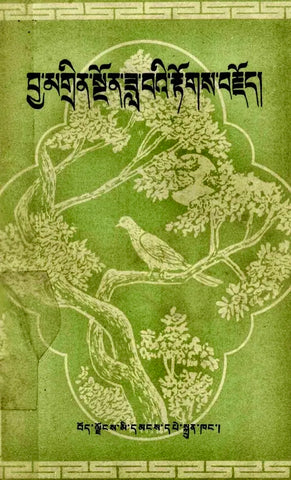
"The Philosophy in Stories" "The Story of the Blue-necked Bird"

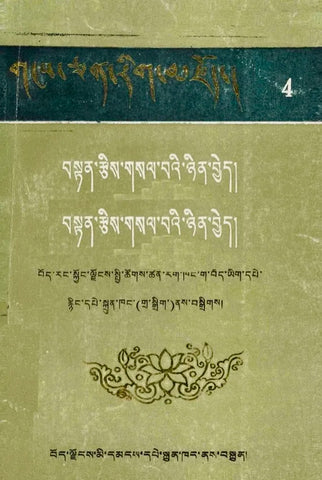
"A Brief History of the Gelug Sect"
"An Overview of Buddhist Calendars and the Five Luminous Elements"
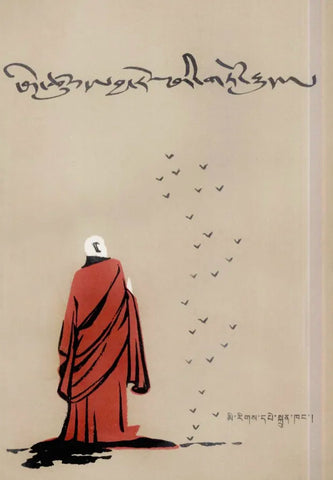
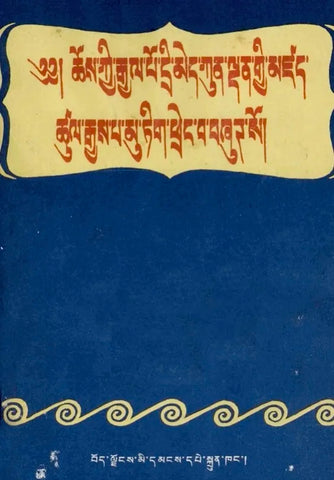
"Practitioners and the Crow" "Chakme Dorje"
These books generally promote kindness, generosity, belief in reincarnation and karma, reverence for nature and the basic virtues and moral values of life. Ordinary people can also achieve personal cultivation and spiritual enlightenment through reading, completing the purification of the mind and the sublimation of life.
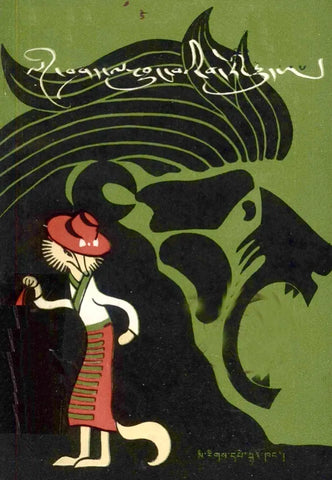
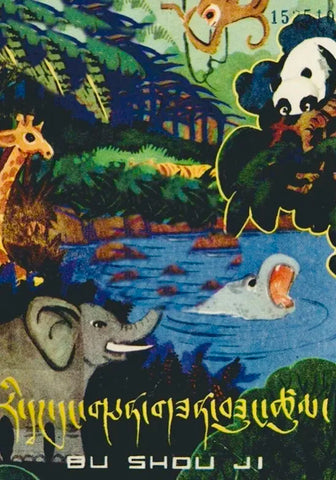
"Selected Tibetan Proverbs and Stories" "Hunting Tales"
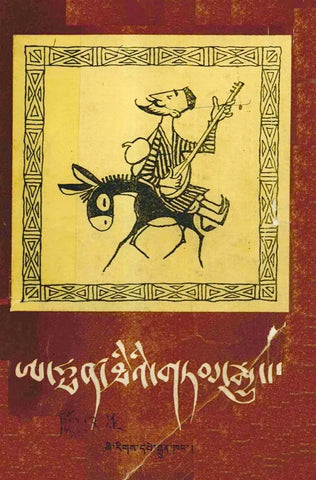
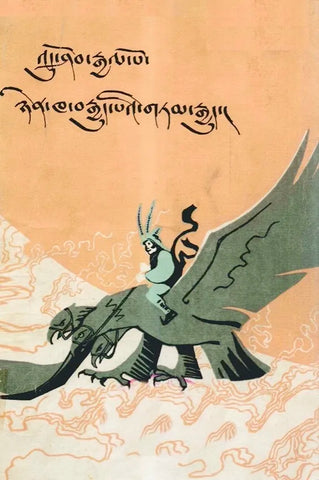
"The Stories of Nasreddin" "The Adventures of Master Munchausen"


"Selected Folk Stories" "Folk Tales"

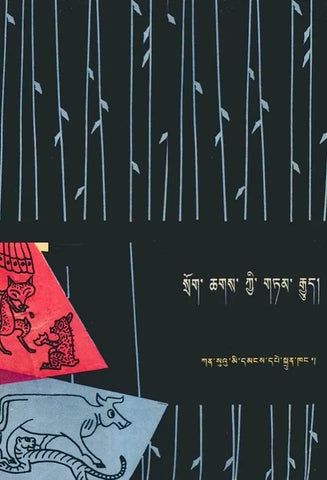
"Animal Story Collection" "Animal Stories"


"The Story of Tang Seng" "Tibetan Folk Stories"
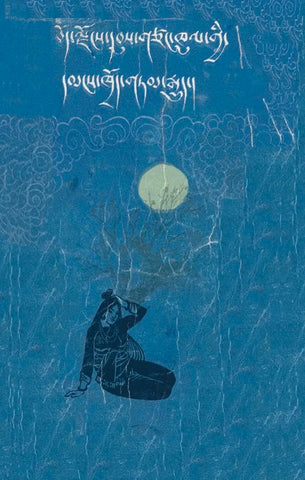
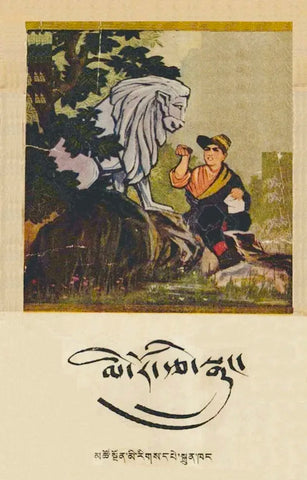
"Tibetan Folk Stories" "Never-ending Stories"
Biographies and histories often document the heroic, legendary, and great figures that have appeared in the long history of Tibet, using their magnificent life experiences to encourage people to be upright, compassionate, brave, loyal, and resilient, providing basic education and enlightenment for personal cultivation and living.
One of the most representative works is the epic masterpiece "The Epic of King Gesar", which is a treasure of Tibetan culture. The courage, justice, and wisdom displayed by the heroic figures are always the perfect examples of character for the Tibetan people, giving great inspiration and guidance to the spirit.
One of the most representative works is the epic masterpiece "The Epic of King Gesar", which is a treasure of Tibetan culture. The courage, justice, and wisdom displayed by the heroic figures are always the perfect examples of character for the Tibetan people, giving great inspiration and guidance to the spirit.
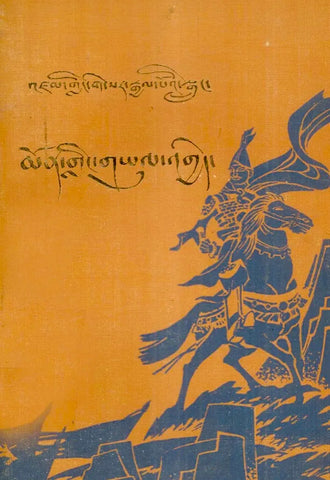

"Gesar's Epic: The Battle of Menling" "Gesar King's Epic: The Birth of the Hero"
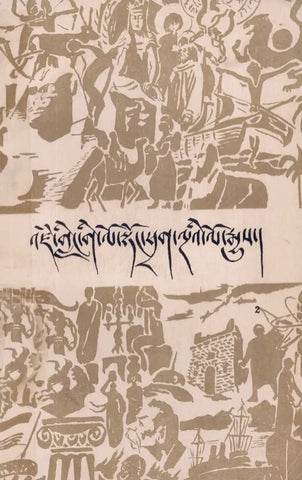

"Five Thousand Years of the World" "Gesar's Epic: Rescuing His Wife from Hell"
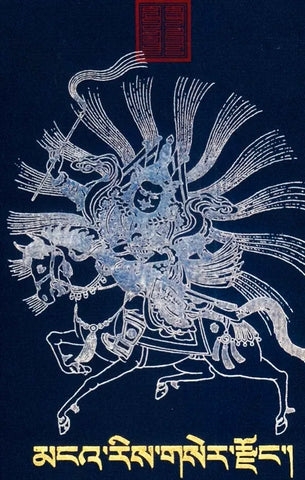
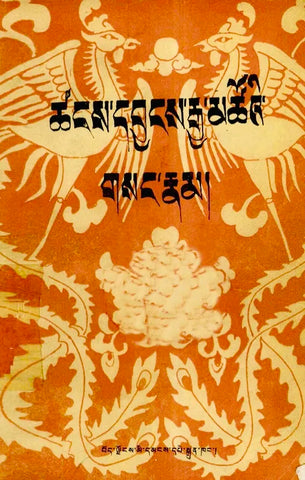
"Golden Village in Ali" "The Secret Transmission of Tsangyang Gyatso"
Tibet itself possesses a rich traditional culture and artistic forms, and the shift in modern lifestyles has further led to the emergence, exchange, and integration of various cultural and artistic forms. Works in the cultural and arts field generally take on the responsibility of preserving and protecting the precious cultural heritage of Tibet, with a relatively high aesthetic and artistic value.
These works not only play a significant role in cultivating the public's aesthetic taste and enhancing their artistic appreciation abilities, but also reflect the spiritual outlook and cultural temperament of a nation.
These works not only play a significant role in cultivating the public's aesthetic taste and enhancing their artistic appreciation abilities, but also reflect the spiritual outlook and cultural temperament of a nation.
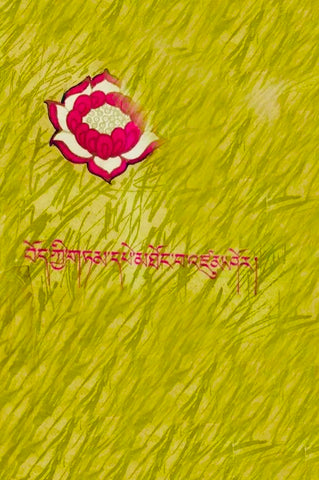
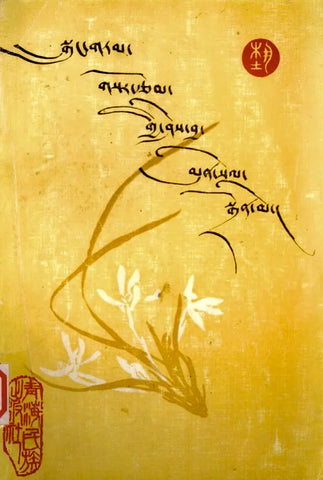
"Selected Tibetan Proverbs"
"Discussion on the Art of Novel Writing"
"Discussion on the Art of Novel Writing"


"Collection of Hundred Flowers"
"Collection of Tibetan Medical Astrological Papers"
"Collection of Tibetan Medical Astrological Papers"

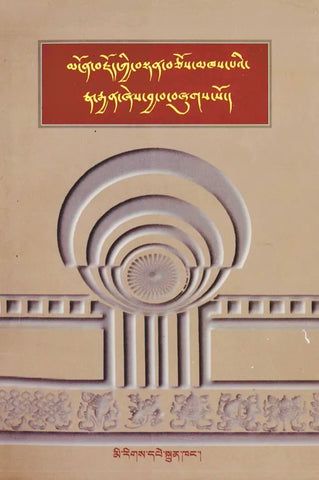
"Yanjing Awang Grammar"
"The Ornamental Words Theory: Adorning the Ears of the Wise"
"The Ornamental Words Theory: Adorning the Ears of the Wise"
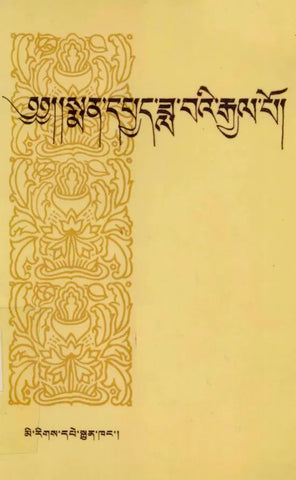
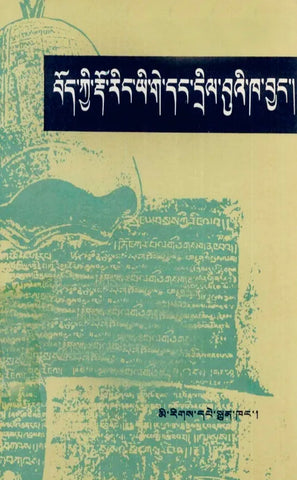
"Moon King Medicine Diagnosis"
"Selected Inscriptions and Inscriptions of Tubo"
"Selected Inscriptions and Inscriptions of Tubo"
With the promotion and popularization of modern education, a series of unique popular science books have been introduced in Tibet since the 1980s and 1990s, spreading various practical scientific knowledge and skills and playing a very important guiding role in the production and life of the people in the plateau region with unique ecological environment and agriculture and animal husbandry as the main industries.
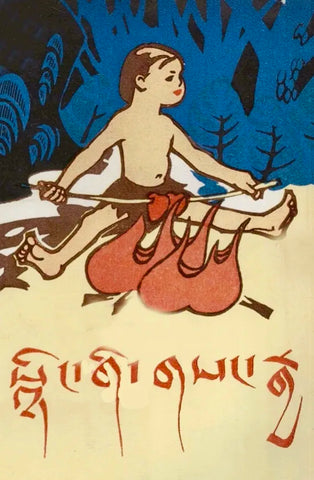

"The Secret of the Heart" "Contagious Ecthyma of Sheep"


"The Origin of Species" "Tibetan Earth Sheep Year Weather Almanac"


"The Secret of the Crystal Palace" "Family Daily Essentials"

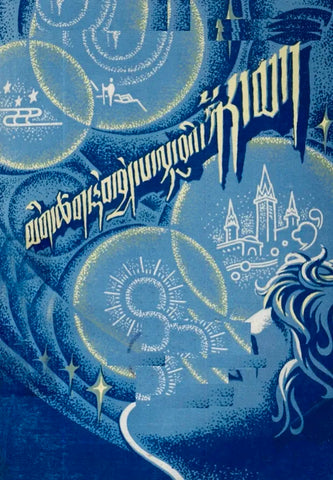
"Plateau Livestock Product Knowledge" "The Blinking Stars"
As the times evolve, the design of a book may have undergone significant changes in form, yet looking back on these designs, whether they are elaborate and heavy, simple and plain, vivid and dynamic, or elegant and elegant, what remains unchanged is that cover design, as a unique decorative art form, still retains the essence of summarizing knowledge and embellishing in a distinct artistic style in a square inch of space.
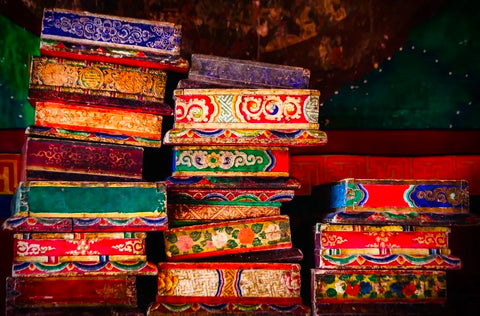
A beautifully designed Tibetan scripture box
Photography: Irene Becker
Photography: Irene Becker
Tibet has always had a tradition of honoring knowledge and culture, with people having great enthusiasm and drive for learning and passing on wisdom. Those who are knowledgeable are highly respected by the people.
The importance of reading and the value of knowledge are self-evident in the hearts of the people on the plateau. We can see this from some folk proverbs about studying, such as "A good book is worth more than a thousand-mile horse, a good line of words is worth more than ten thousand ounces of gold."
The importance of reading and the value of knowledge are self-evident in the hearts of the people on the plateau. We can see this from some folk proverbs about studying, such as "A good book is worth more than a thousand-mile horse, a good line of words is worth more than ten thousand ounces of gold."
"Accumulating knowledge is like bees collecting honey, gathering wisdom is like a spider spinning a web."

The older generation still tends to place books in high places and clean places, and paper with writing on it is not easily discarded. Stepping on written paper is seen as disrespectful to knowledge. Books are considered valuable items in the home. If you visit some Tibetan monasteries, you will often see prominently displayed large wooden bookshelves in the inner sanctum, used to store Buddhist scriptures.
Before formally opening a book to read, the unique cover design serves as a good preview and guide, attracting us to enter the colorful ocean of wisdom to explore and appreciate.

Photography: travelwolfsteven.

